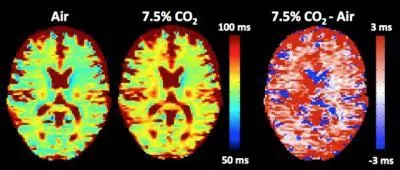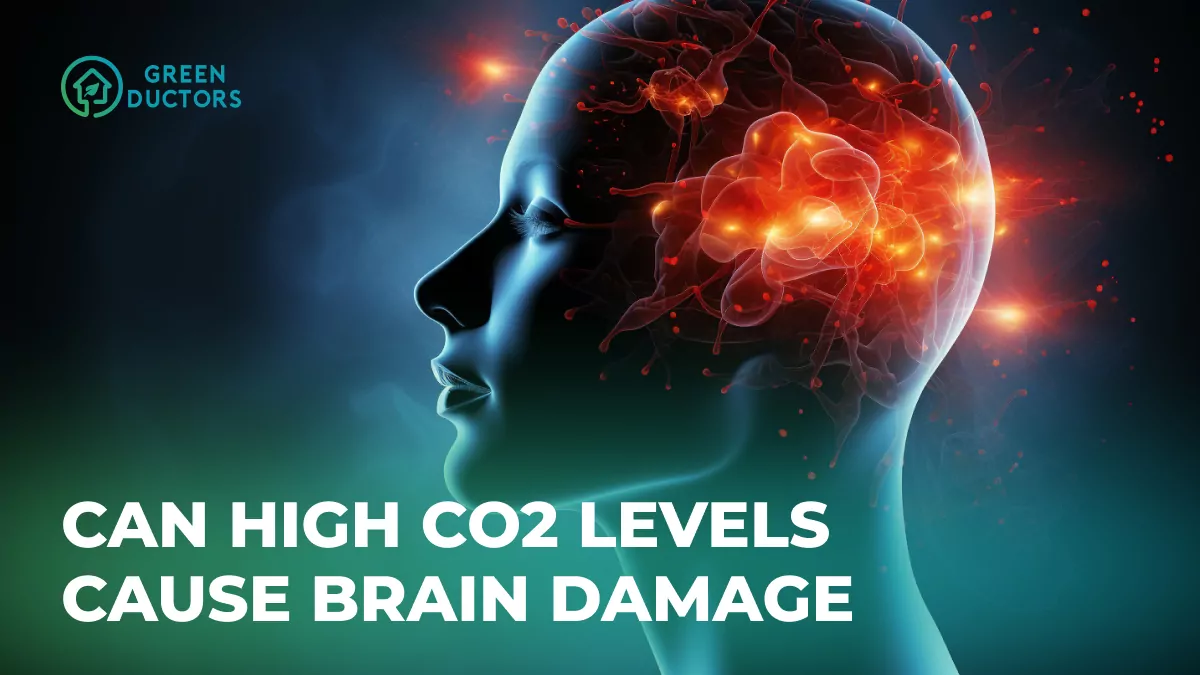What science says
High levels of carbon dioxide (CO2) adversely affect human cognition. Recent research on CO2 pollution made by Business Insider says that by 2100 the level of carbon dioxide can increase enough to cut human performance on complex cognitive tasks by 50%.
Predictions of a 50% cognitive abilities drop come from scientists from the University of Colorado Boulder and Pennsylvania. The study is pending but available for reading online at the Earth ArXiv repository. The study results explain the outcomes for the planet if carbon dioxide (CO2) emissions continue to increase.
Based on observations of the human behavior in the environments with high CO2 levels, scientists warn that in the next 50 years, abilities to plan multi-stage strategies, to respond to the change, to have the power to make decisions, and use new information to achieve goals will decrease.

List of U.S. states and territories by carbon dioxide emissions
Brain function drops as carbon dioxide levels rise
The term CO2 often referred to in the media, refers to global warming, although equally important is the concentration of gases that affect the human brain and the “lungs” of the planet.
Every zero after the number means bad news for office workers, children in schools, and anyone who spends 70% of their time in multiple locations other than home.

University of Iowa
The image shows MRI brain scans of human subject breathing air (left) or air containing 7.5 percent carbon dioxide (middle).
The difference between the two scans (shown right) shows increased brain acidity in red caused by carbon dioxide inhalation as measured by the new MRI-based strategy.
The exact mechanism of how CO2 affects brain function has not yet been described. But one negative impact was found – due to the excess gas in the room, and our brain cells do not absorb enough oxygen.
Harvard Research Center experiment
In 2015 the Harvard Research Center experimented — 24 people in an office setting — performed familiar to their usual tasks in rooms with varying or changing carbon dioxide levels. Scientists evaluated the results and overall performance.
Result. As CO2 levels were increasing, participants showed a significant decrease in decision-making ability.
In 2015, the Harvard Research Center experimented. Twenty-four office employees performed their usual tasks during an 8-hour working day. The concentration of carbon dioxide in the room varied during the day. *Studies used CO2 concentrations from 1000 to 2500 ppm.
Result
As CO2 levels increased, participants showed a significant decrease in decision-making ability.
Complex cognitive performance drop. 25 or 50% it’s up to us to decide
Scientists created a classroom model full of elementary school children with the relevant breathing rates and room ventilation. They considered two possible emissions scenarios projected by the Intergovernmental Panel on Climate Change (IPCC).
Result
The results showed that in a natural-how-it-is-now scenario, carbon emissions continue to scale, humans would score 50% lower on measures of complex cognitive ability in 80 years. For the reduced conscious level, the human performance would still show a drop by about 25%.
The only way we can act is to keep the CO2 level low as possible
“There’s no way to solve this except for keeping the CO2 low,” Kris Karnauskas said. “You can try to increase ventilation, but you’re only going to be ventilating higher-CO2 air because it’s going up outside.”
Atmospheric carbon dioxide concentration today is approximately 407 ppm. In the 1950s it was less than 350. The indoor room’s CO2 levels quickly jump up to 1,000 ppm in 7 to 10 minutes when two people are in the room talking. And despite the fact of mainly proper ventilation in office buildings, concentrations of CO2 can fastly overreach 1,100 ppm, which is no more a healthy level.
In the natural-how-it-is-now scenario, the atmosphere would have a CO2 concentration of 930 ppm by 2100. So indoors, human breathing would take it higher from there.
As carbon dioxide levels rise, better ventilation won’t be enough to protect us from its effects. Track your indoor air at home and the office using air quality monitors. It will help to find the poorly ventilated areas and act.

